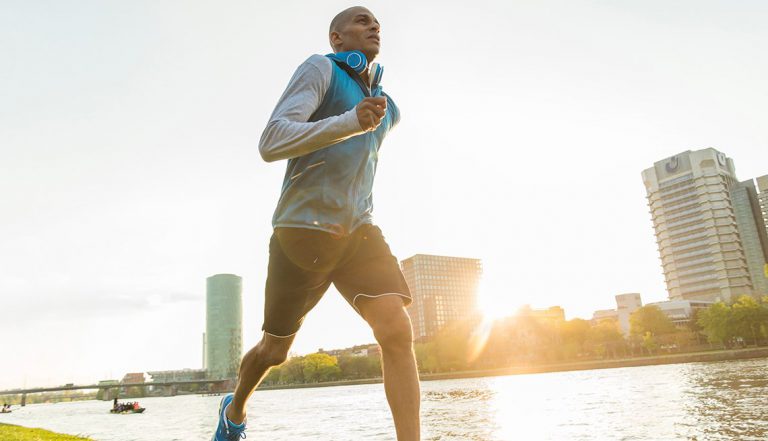What Happens to Our Balance and Flexibility as We Age
You guessed it. It decreases.
What happens to flexibility as we age?
You guessed it. It decreases. The good news is that some studies, but not all, show improvements in function when individuals engage in exercise programs that involve stretching exercises. Unfortunately, the studies on flexibility in the aging population aren’t as complete as they are for studies of strength and endurance, but the studies do suggest that significant improvements in the range of motion of various joints (neck, shoulder, elbow, wrist, hip, knee, and ankle) can occur when stretching exercises are prescribed. It’s just that it isn’t clear how much flexibility training older adults should do to maintain good range of motion, function, and health.
What happens to balance as we age?
Balance decreases as we age, and consequently, falling is a major problem as a result. According to the U.S. Centers for Disease Control and Prevention (CDC), one of every three Americans over the age of 65 falls each year, and among individuals 65-84, falls account for 87% of all fractures and are the second leading cause of spinal cord and brain injury. The good news is that physical activity can improve balance and reduce the risk of falling. The results of a study of 256 older adults (70 to 92 years of age, average age 77) who participated in tai chi for six months found that there were 52% fewer falls in the individuals who did tai chi compared to those who didn’t, and there were fewer falls overall among the individuals who did tai chi compared to those who didn’t (28% versus 46%).
In an even more convincing study called a meta-analysis, where researchers combine the results of many studies on the same subject, it was reported that muscle strengthening and balance retraining exercises in 1,016 older men and women (ages 65 to 97) reduced the risk of falls and fall injuries by as much as 35%-45%.
One of the important conclusions of the research is that it’s important to select balance-training exercises that are specific to activities that you do during the day. For instance, you might want to do balance exercises on one leg that mimic the act of walking if you are unsteady while you walk (when you walk, one leg is in the air). Tai chi is excellent for this because it involves slow, coordinated movements, and is particularly beneficial for balance since you lift one leg frequently while doing it. (Also see the balance exercises at the end of this article.)




